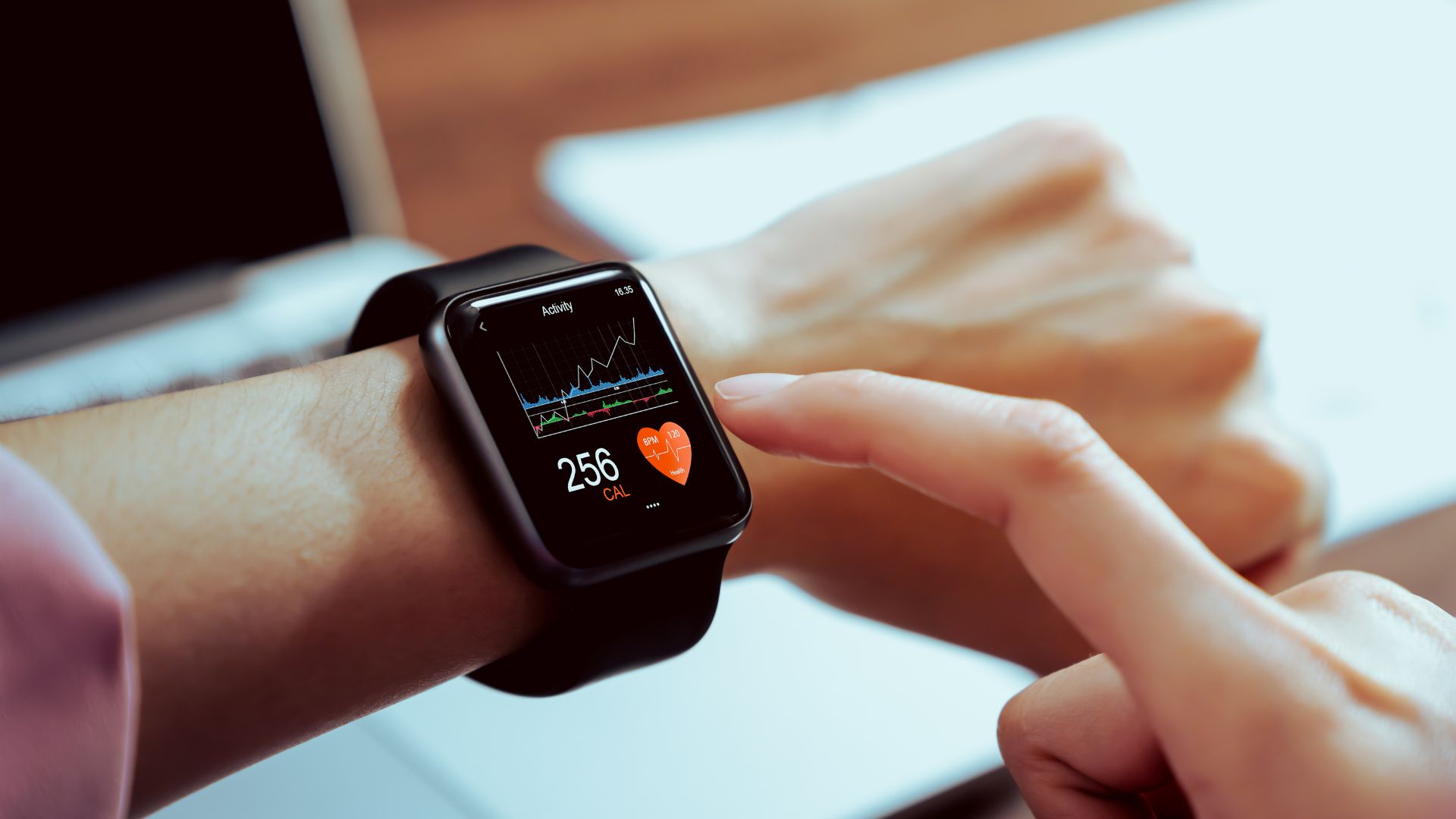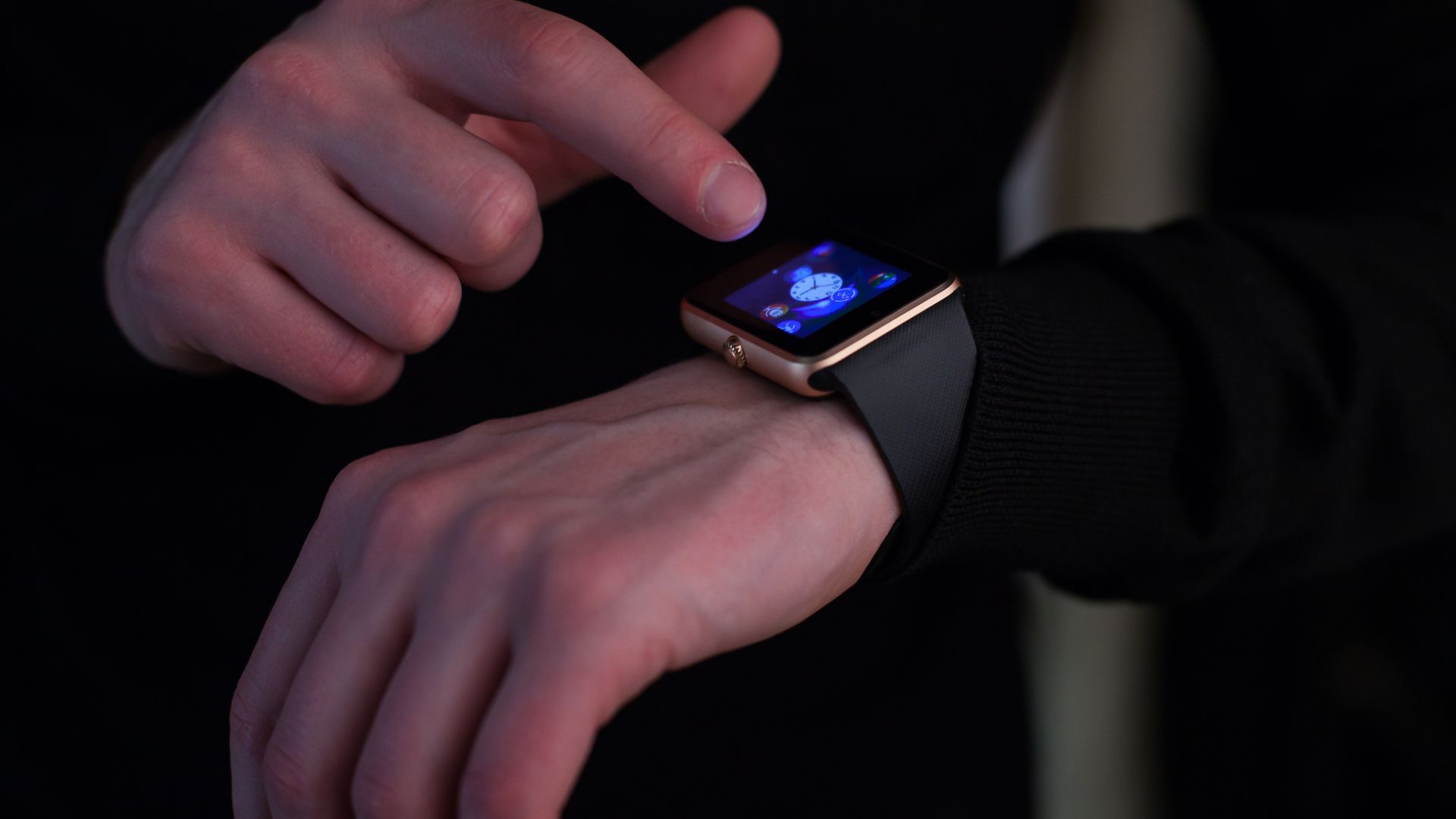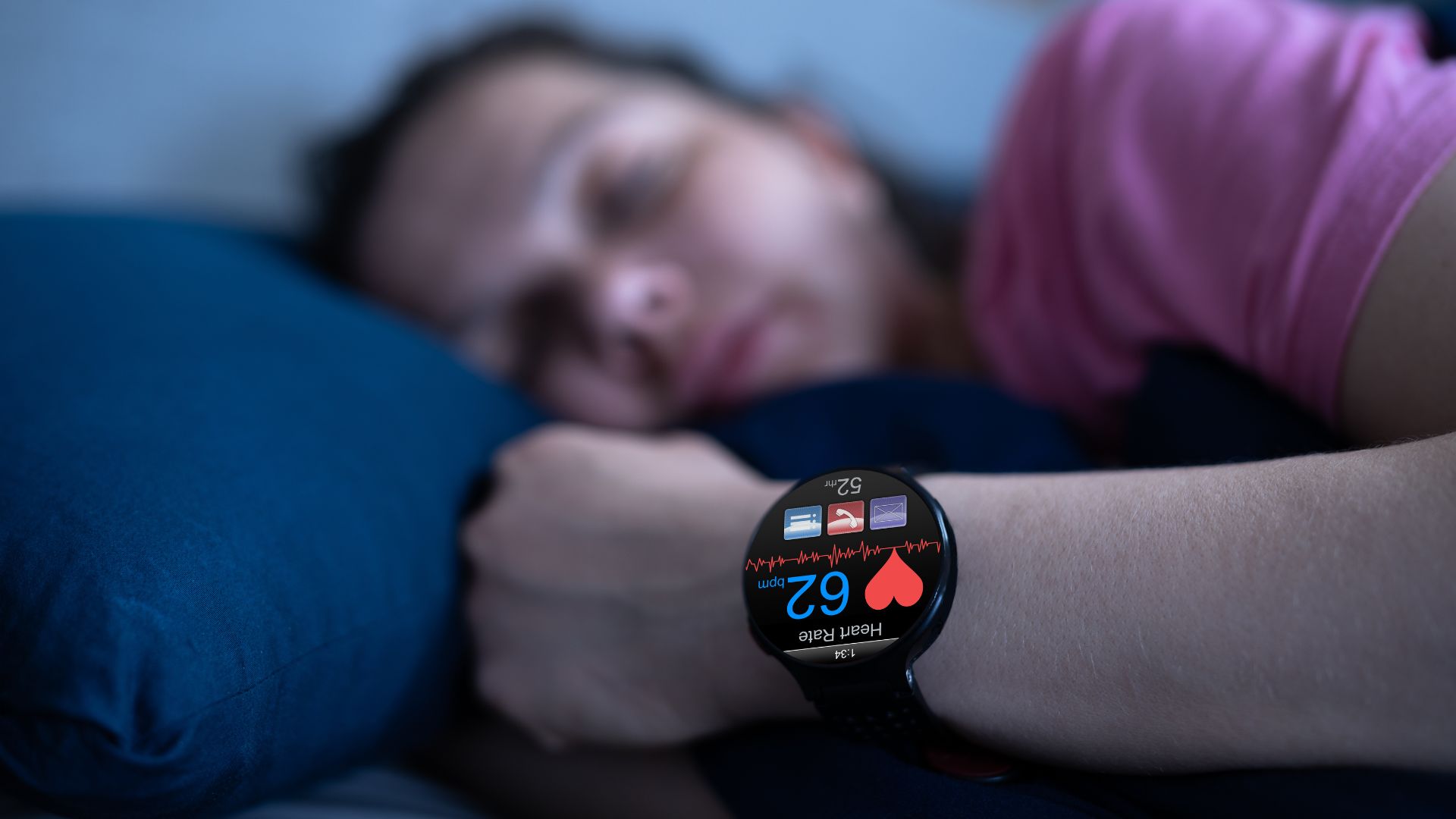How to Sync Your Wearables with Other Smart Devices

Wearable technology is more powerful when it seamlessly integrates with other smart devices in your ecosystem. Whether it's syncing a smartwatch with a smartphone or connecting a fitness tracker to a smart home system, interoperability enhances convenience and functionality.
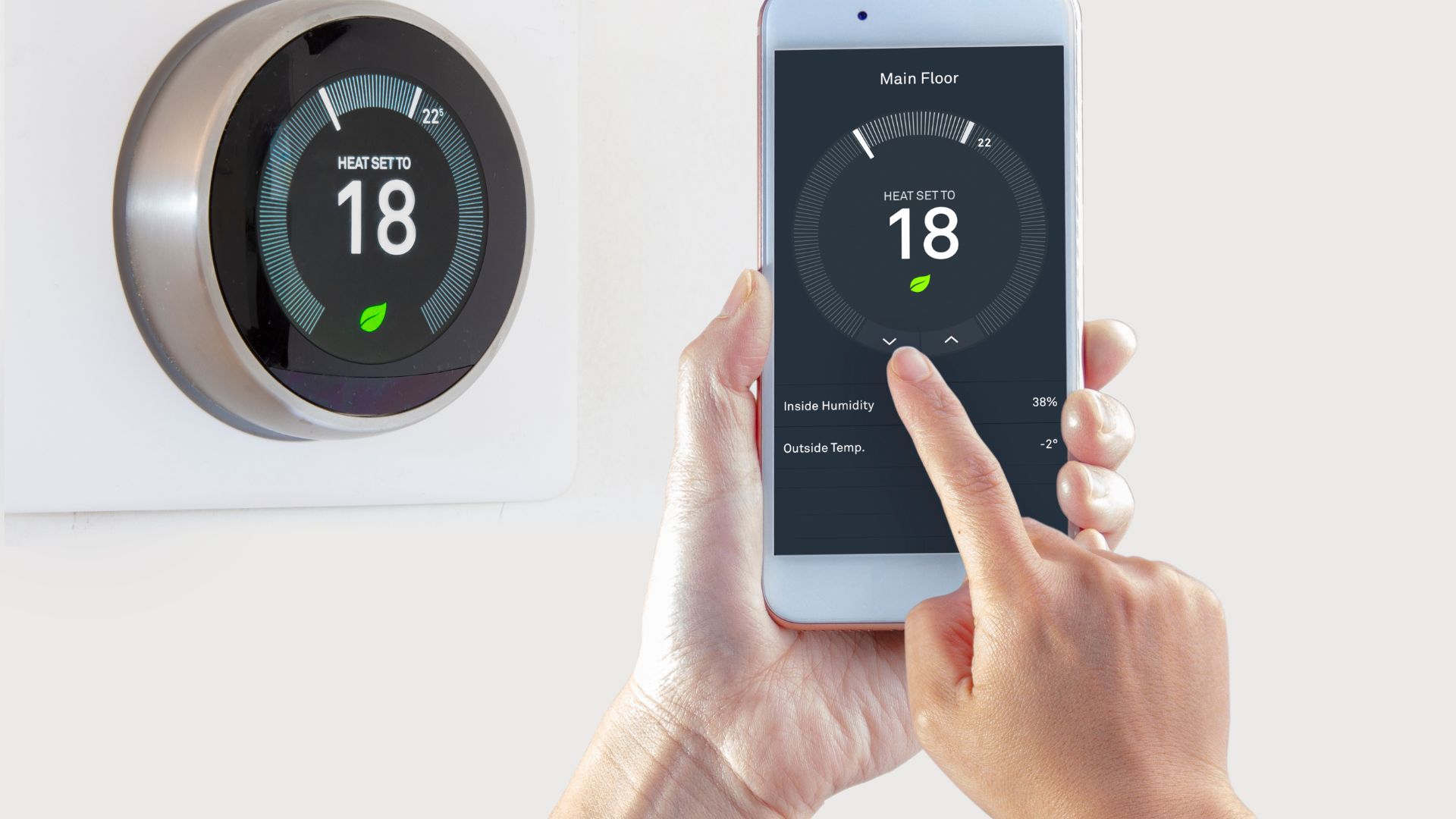
Step-by-Step Guide to Syncing Wearables with Smart Devices
- Ensure Compatibility
- Check if your wearable supports your operating system (iOS, Android, or Windows).
- Some wearables require specific apps, so download the necessary software before pairing.
- Enable Bluetooth & Wi-Fi
- Most wearables use Bluetooth for syncing; ensure it’s enabled on both devices.
- Some advanced wearables also use Wi-Fi for faster data transfer and updates.
- Install the Companion App
- Smartwatches (Apple Watch, Samsung Galaxy Watch) require apps like Apple Health or Samsung Wearable.
- Fitness trackers (Fitbit, Garmin) use dedicated apps for tracking workouts and syncing progress.

- Syncing with Smart Home Devices
- Wearables can control smart home assistants like Amazon Alexa or Google Assistant.
- Some smartwatches can adjust smart thermostats, lights, or security systems via voice commands.
- Connecting with Other Wearables
- Devices like heart rate monitors, smart rings, and sleep trackers can share data across platforms for a comprehensive health overview.
- Syncing multiple devices ensures all your health metrics are recorded in a single app.

Common Troubleshooting Tips
- Restart Devices: If syncing fails, reboot both the wearable and the paired device.
- Update Software: Ensure firmware and apps are up to date.
- Check Permissions: Some devices require location or data-sharing permissions for full functionality.
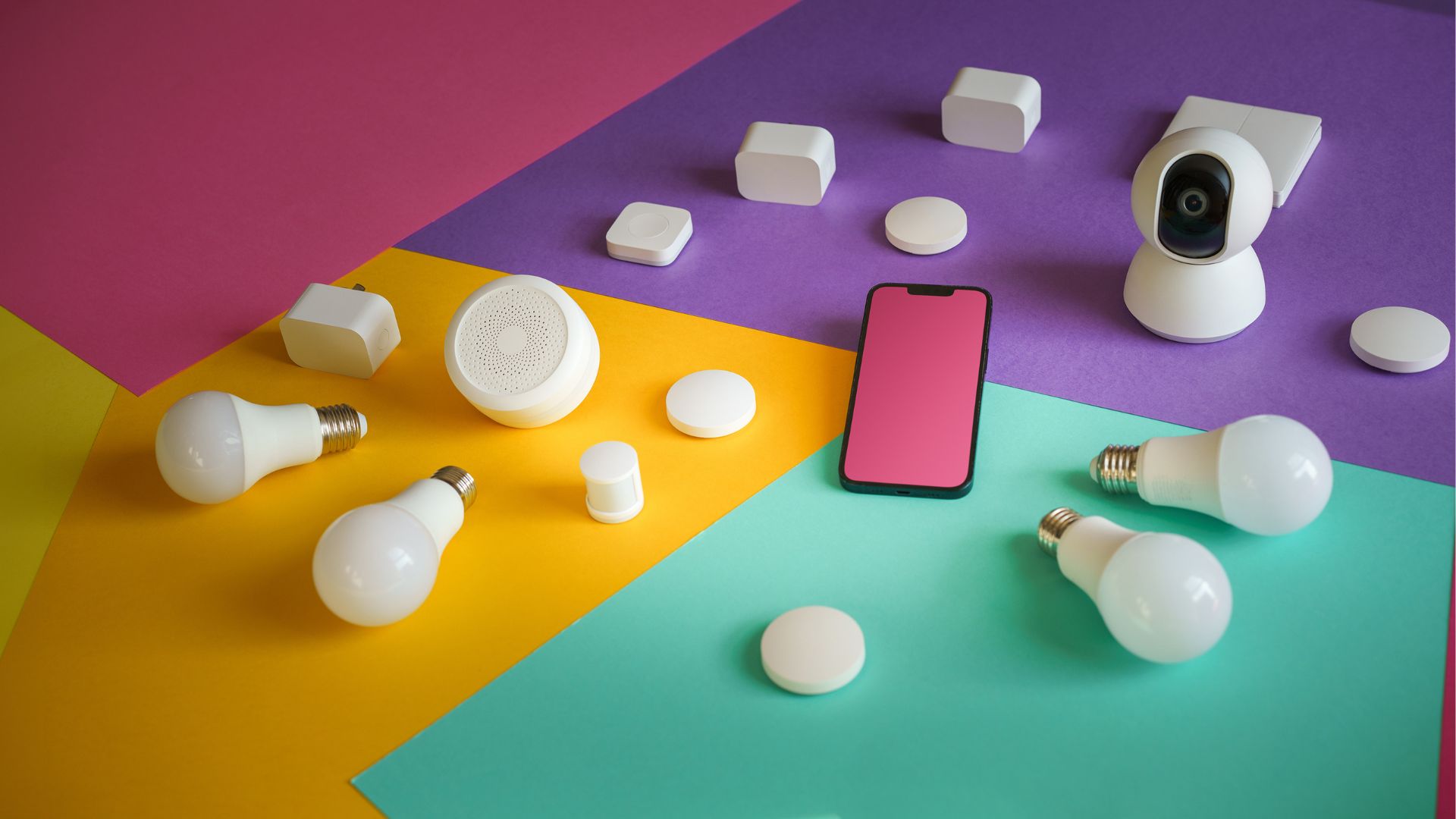
As smart ecosystems grow, wearables will become even more integrated with home automation, entertainment, and personal productivity, making them an essential part of modern life.

